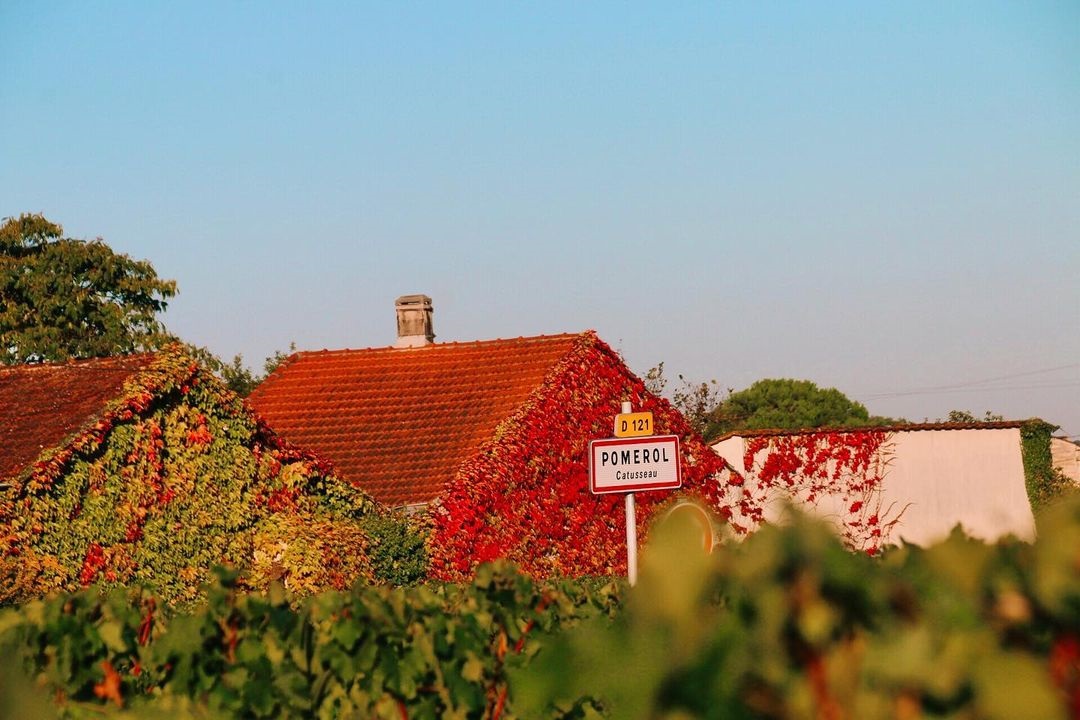Discover the smallest major appellation in Bordeaux
Wine Story | Mar 1, 2021

Good things come in small packages.
Pomerol is the smallest of Bordeaux's major appellations. With about 150 producers and 800 hectares of vineyards, it is tiny compared to St. Emilion’s 800 producers and 5,500 hectares. What it lacks in size, it more than makes up for in its unique wines, which are considered rare and exceptional.
Pomerol was largely ignored when St. Emilion was producing and exporting wines in the 1300s. The 1700s saw Pomerol develop as a wine-producing commune and finally gain attention in the 1800s once its wines earned awards at the Paris Exhibition. In the next century, the Pomerol appellation was formally created and grew in stature and international distribution with the efforts of Jean-Pierre Mouiex. By 1982, the region finally gained worldwide fame with the rave reviews of Robert Parker, an influential American wine critic.
The terroir of Pomerol is amazingly diverse given its small size of about 12 square kilometers. Three basic styles are produced from the plateau, the slopes falling from it, and the surrounding flats. The plateau is where the best wine is made, benefiting from the soils rich with iron deposits, gravel and several types of clay, some unlike any other. These clay soils are unique and produce the richest, densest, most opulent and flamboyant wines of the appellation.
The famous estate of Petrus sits at the top of the plateau and it is the only estate in the world to be blessed with terroir of almost 100% blue clay. This blue, smectite clay provides moisture in the hot summer and helps produce fruit with the highest tannins that are among the softest in texture. Some of the blue clay is also found in neighboring estates: Vieux Chateau Certan and L’Evangile.
Pomerol’s terroir lends itself well for the Merlot variety to dominate the blend. This grape reaches its highest expression because it ripens early enough in the season to retain its fresh acidity, even as it reaches a high level of sweetness. Cabernet Franc accompanies Merlot to add a lively elegance to the blend. Some Cabernet Sauvignon may also be found in areas rich in gravel, wherein this grape thrives.
The topography and architecture of the Pomerol region may look ordinary, but the style of its wines is most distinct. There has never been a wine classification for this appellation, yet it has some of the most collectible wines. The most celebrated properties come to mind – Le Pin, Lafleur, and of course, Petrus.
Pomerol’s wines are immediately appealing to both discerning connoisseur and adventurous wine novice. Out of its deep-colored, velvety wines arise elegant aromas of truffles, flowers, ripe berries, dark chocolate, and exotic spices. The best of these wines are long-lived masterpieces, but also deliciously pleasing even when young. It is ideal to wait for a minimum of five to ten years of proper aging to taste them at their peak.